
Being a woman in the weather industry hasn’t always been a breeze
It’s not all sunshine and rainbows. Being a woman in the forecast industry sometimes means you have to weather a storm in more ways than one. In honour of International Women’s Day, we look internally to discover the hardships some of our weather experts had to overcome throughout their years in the industry.
Throughout the years on television or behind the scenes, women in the weather industry have been treated differently than their male counterparts, whether in front of the camera or behind the scenes.
For International Women’s Day, we wanted to celebrate a few of our own meteorological superstars—some of whom have been in the industry for a couple of decades—to hear about their own experiences and thoughts on the industry and the future of women in meteorology.
WOMEN IN LEADERSHIP ROLES AT THE WEATHER NETWORK
We asked each person if they feel like they’ve been treated equally within TWN and the weather industry, both currently and throughout the years.
Kim MacDonald is an on-camera presenter, host, anchor, and content creator who has been with TWN for 23 years. Originally from the Niagara region, she began her career as a radio news anchor and morning show co-host. She holds a degree in Culture and Language Communications from Brock University, and a Radio, Television and Film diploma from Niagara College.

(Kim MacDonald, weather presenter at The Weather Network)
MacDonald says that she’s always seen a balance of women and men on air. “The hiring practices at Pelmorex [The Weather Network’s parent company], in my mind, have always been ahead of the curve when it comes to equality,” she says.
Ahead of the curve, but not perfect. MacDonald likes seeing that there are more women in management positions in more recent years. Though she has never felt discriminated against as a woman, there have been some subtle differences between how men and women are treated.
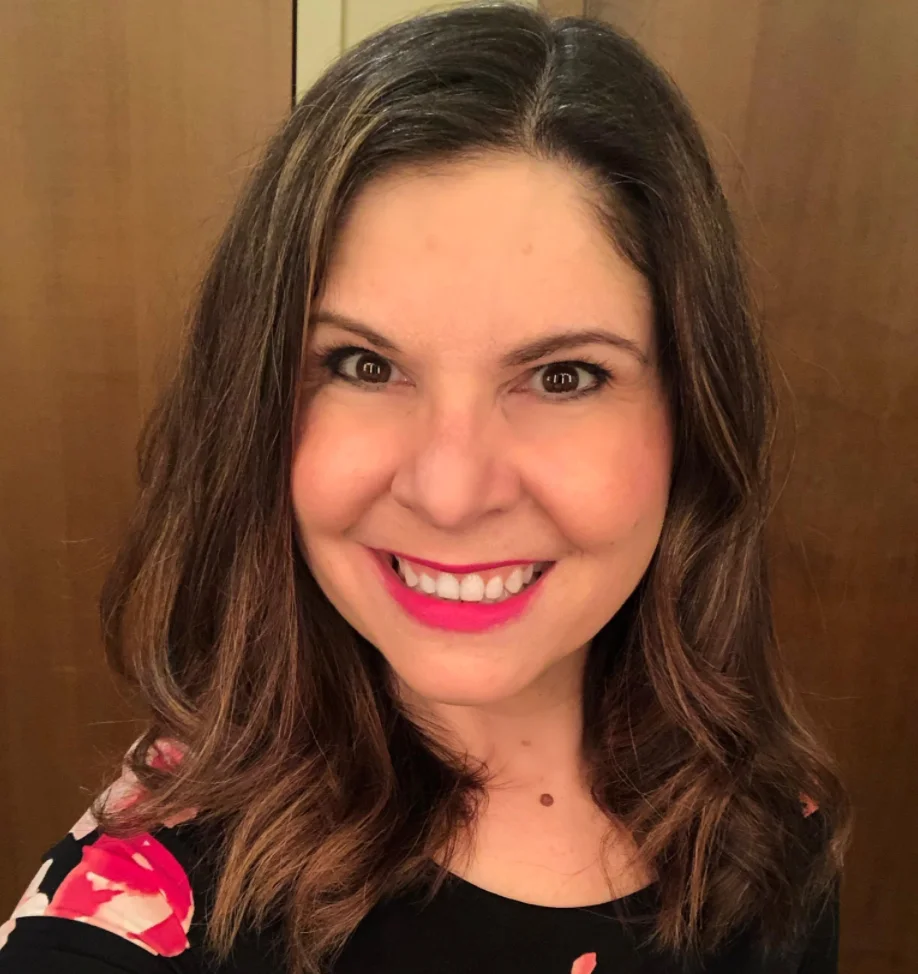
Kim MacDonald, weather presenter at The Weather Network
MacDonald shares that throughout the years, only men have presented the seasonal forecasts. Within the past few years, that has become more balanced.
Dayna Vettese is one of those women who MacDonald is referring to, a manager. Vettese is a Meteorologist and the manager of weather operations on the Video and Editorial team. She's been in meteorology for almost 15 years, and with TWN for about 13 years. Vettese has a Hons. BSc in Atmospheric Science, Certificate in Meteorology from York University.
Vettese feels like she’s been treated equally as a meteorologist, but has faced some challenges on the management side. “It was sometimes a struggle to garner respect and authority as a young woman moving into a leadership position compared to my male colleagues who had the same journey,” she explains.
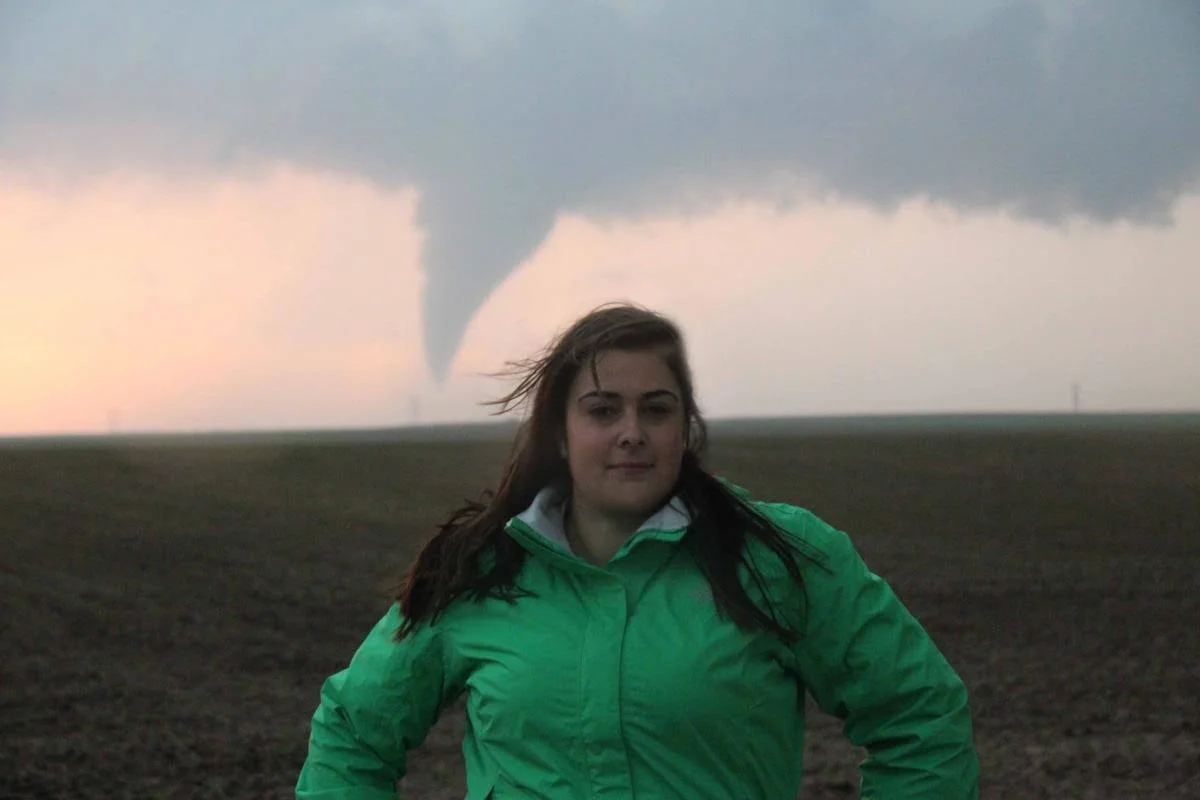
(Dayna Vettese, meteorologist at The Weather Network)
Vettese adds that it would be fair to say that she’s faced more difficulties in her professional journey than a man in her position. She explains that it’s not due to the vast majority of her colleagues — giving props to the leadership team for always treating her fairly — but more so from “external peers, the public at times, and trying to overcome female stereotypes of women, women in STEM [science, technology, engineering, and mathematics], and women in authority positions that we have in North America.”
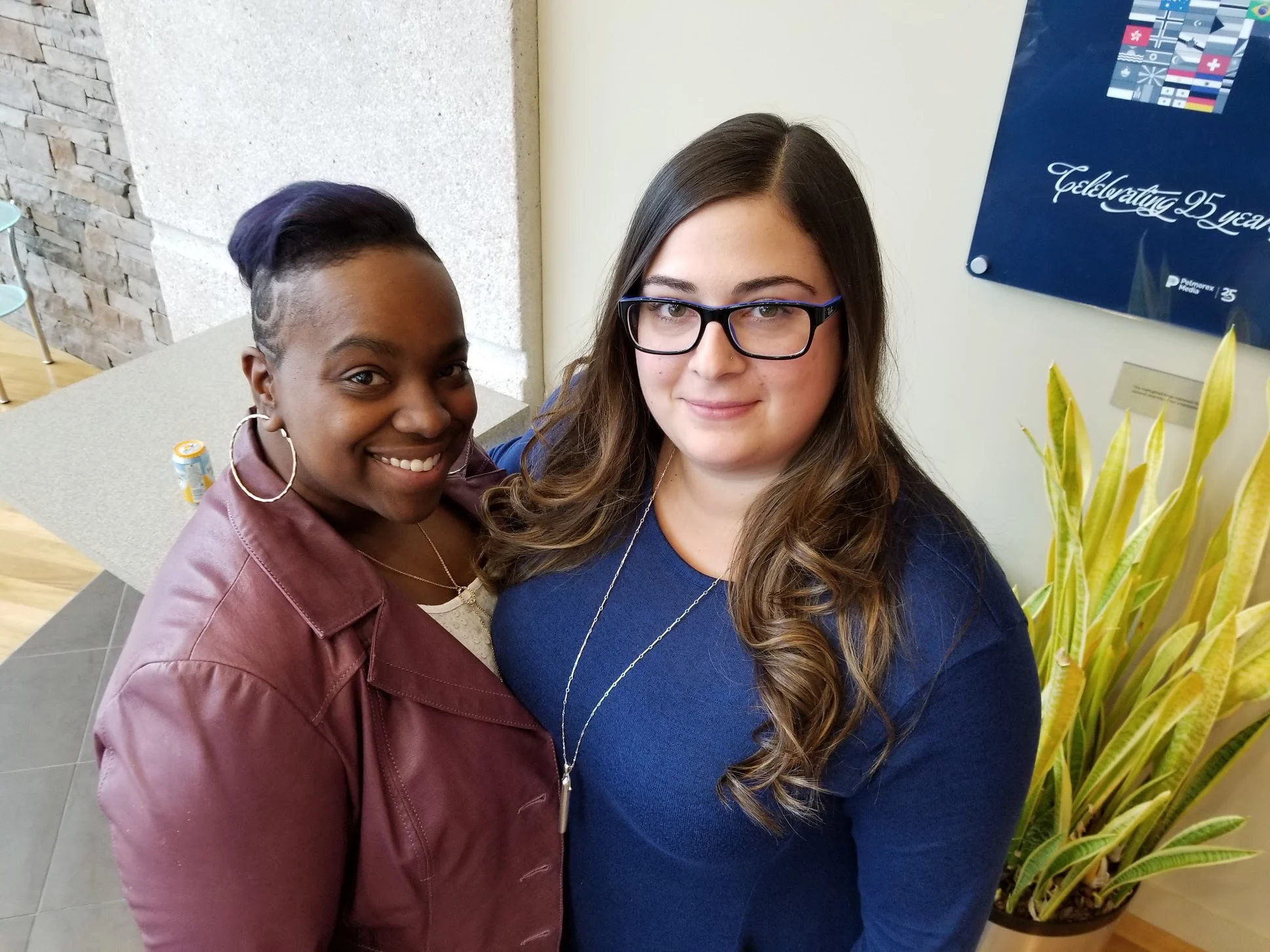
(Charlene Newland, Video & Editorial Lead at The Weather Network, and Dayna Vettese)
And that continued to be the theme among all responses. Generally, over the past few decades, these women feel like they’ve been treated fairly as meteorologists or presenters at TWN. There have been some instances where gender bias could have influenced their journeys, but the consensus is the external factors are where the inequality is highlighted.
IT'S COLD OUT, BUT IT'S WARMING UP
All of the women we spoke with have been on-air. They’ve also been in the weather industry as the focus has expanded from strictly broadcast to a multi-platform experience. Though the environment has improved over the years, there are some harrowing stories and continuing challenges, especially in the social media space.
Nadine Hinds-Powell is an on-camera meteorologist and has been in the industry for 25 years. After graduating from the University of the West Indies in 1996, she started with the Meteorological Service of Jamaica. Hinds-Powell immigrated to Canada in 2002 and joined TWN in 2008. In 2015, she graduated from the Atmospheric Science program at York University.
Hinds-Powell shares that she’s still sometimes referred to as a “weather girl,” where men are not called “weather boys.”
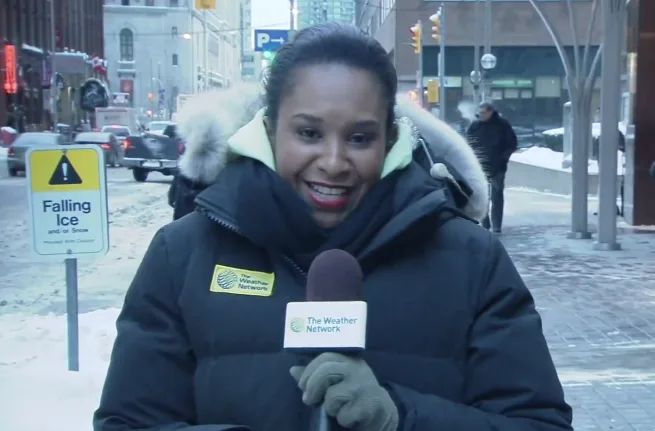
(Nadine Hinds-Powell, meteorologist at The Weather Network)
MacDonald says that her audience is kind, but they are constantly remarking on her looks. She mentions an online group from the 90s and early 2000s that was dedicated to women of TWN.
In the group, men would openly compare MacDonald and her female colleagues. They would post photos and videos of MacDonald and her colleagues doing their jobs. These videos existed on YouTube as well, but they were uploaded with music instead of the audio from their weather forecasts.
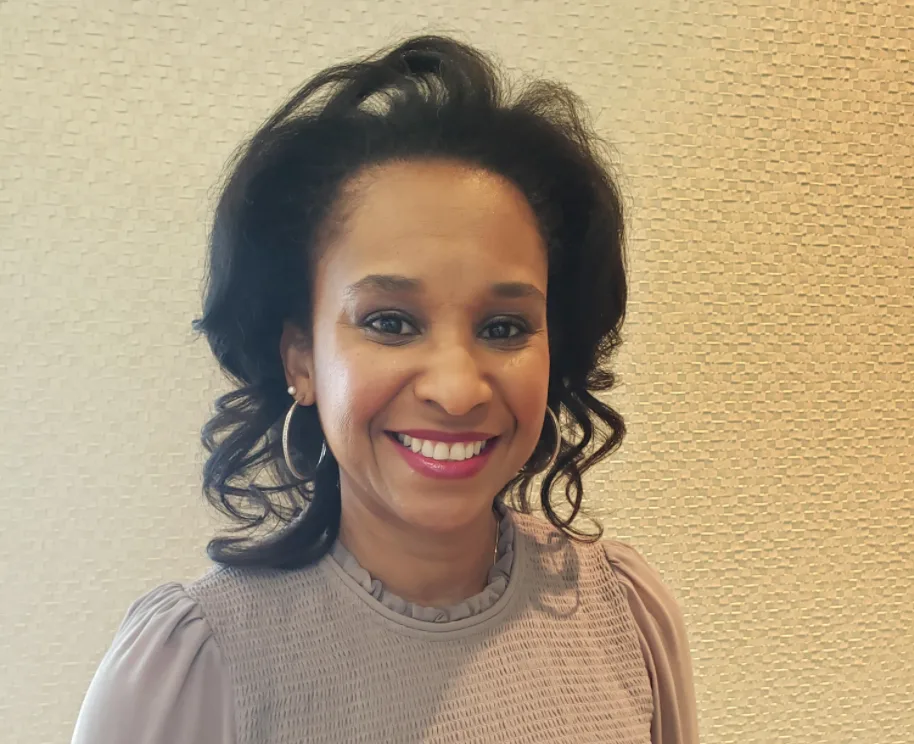
Nadine Hinds-Powell
Then came social media, where those comments and conversations can more directly reach—and impact—the presenters. While speaking to MacDonald directly, the men seem to be more polite, but not always. She doesn’t recall any instance where this has happened to her male colleagues.
Jaclyn Whittal is a video meteorologist, has been in the industry for 11 years and with TWN for nine. Whittal studied Musical Theatre at the University of Windsor and was a professional entertainer for 11 years. She then studied Operational Meteorology Program at Mississippi State University.

(Jaclyn Whittal, meteorologist at The Weather Network)
She says that it seems that the general public accepts male anchors, meteorologists, and journalists of any age, shape and size. And that’s not the case with women.
Whittal shares that women are more scrutinized on their looks, including their size and hair (colour and length). People share their opinions on Whittal’s appearance very openly on Twitter. Luckily, Whittal says this doesn’t bother her whilst in her mid-40s. However, this would have crushed her if she was in her 20s.
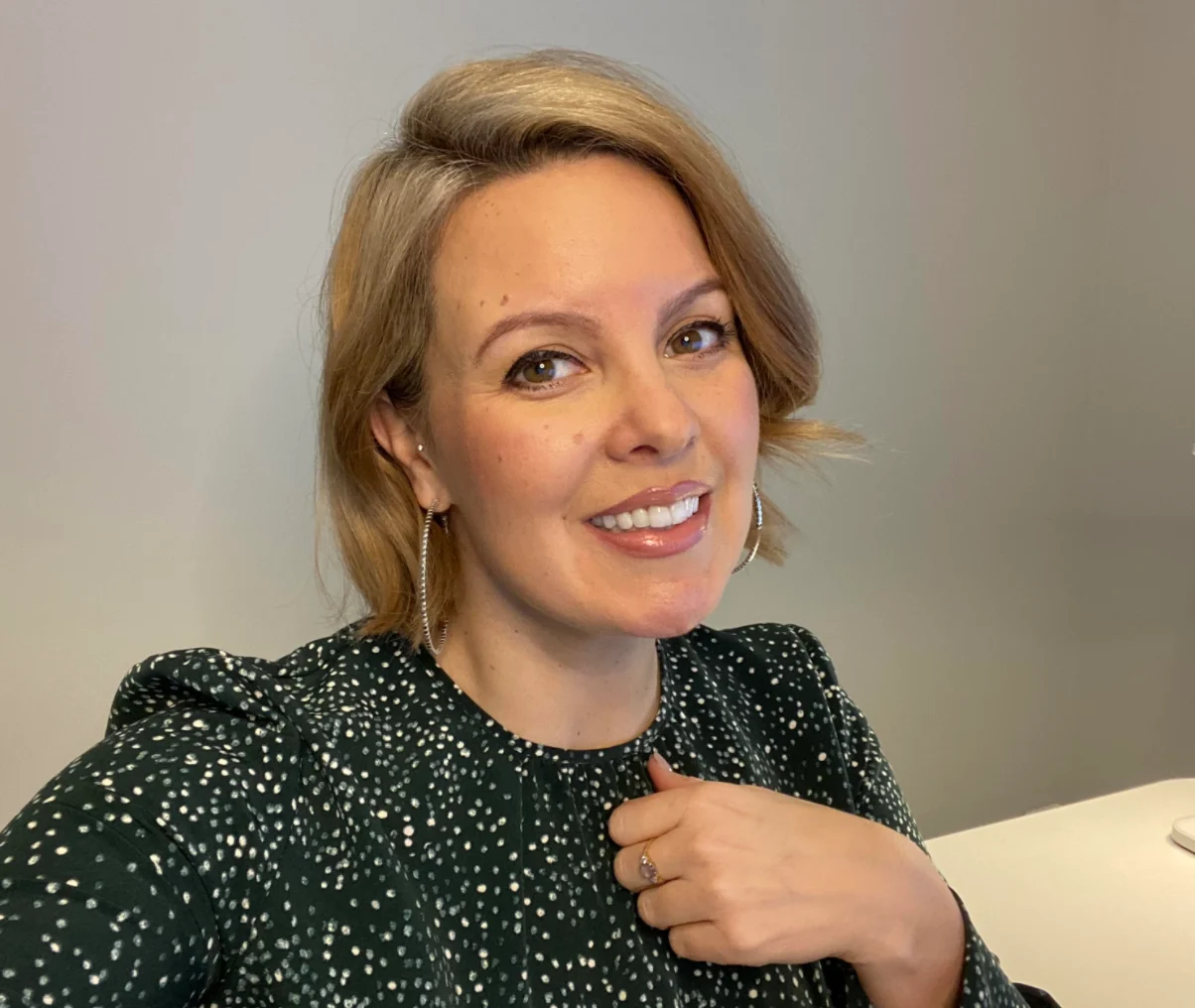
(Jaclyn Whittal)
Vettese shares that she’s intermittently public-facing and remains very active on social media and has “garnered, sometimes, unfair and unwanted messages that my male counterparts weren’t receiving (or at least, not with as much volume).” She adds that “my expertise was sometimes questioned more than my male counterparts in the public-facing and social media space.”
MacDonald shares that it’s common that women in weather receive sexually suggestive comments, sent either privately and publicly. She says that this is something that requires a cultural shift.
“That culture, whether I realized it or not, was — and sometimes still is —impacting the way I conduct myself and communicate in the professional space,” shares Vettese (both speaking to “culture” without that word being mentioned or alluded to in the questioning).
Vettese adds, “There are times I take a step back and think, “Hmm, if I was a man, would I need to communicate this way?” and that comes from the overarching theme of gender norms that we have in society.”
Vettese comments that recently “we have come a long way to break those ‘norms’ and ‘stereotypes’ but for women growing up in that culture and hearing that messaging, it’s hard to break those habits you’ve developed to make navigating the professional world easier.”
Hinds-Powell credits education and women’s rights activism for the progress within the industry throughout the years.
WOMEN IN STORM CHASING
Vettese says that when she first started storm chasing 10 years ago, there were only a few women in the community. She adds that it could be somewhat unsafe for women travelling alone or with partners because often they would be in the middle of nowhere staying alone in motel rooms. However, she says, “In recent years, the number of women participating in storm chasing has excelled which is fantastic! It’s very exciting when every year I head out storm chasing and I see more women.”
Whittal shares that in her experience as a storm chaser she has always been treated equally as her male colleagues. This includes when she first started a decade ago and there were very few women in the field. Whittal shares, “Never have I ever felt from my storm chase partner Mark Robinson that I couldn't keep up. I’m grateful for these amazing experiences as a woman and hope many more women will try this exhilarating experience one day too!”
Throughout all of the responses, it seems like the major opportunities for female equality within the weather industry lie within the social space. Namely, how we’re talking to each other.
There’s also the matter of women in STEM.
Over the years, the number of women in STEM fields has increased, most significantly in doctoral degrees. According to Statistics Canada, in 1992, women made up 31.6 per cent of students with natural science and engineering bachelor’s degrees in Canada. That number increased to 38.7 per cent in 2014. For master’s degrees in the same fields, women accounted for 27.4 per cent of graduates, which grew to 35.9 in 2014. And for doctoral degrees, in 1992, women accounted for 20.2 per cent of graduates and 31.1 per cent in 2014.
According to Catalyst, in 2017, women earned around 35.8 per cent of all STEM post-secondary degrees in Canada.










